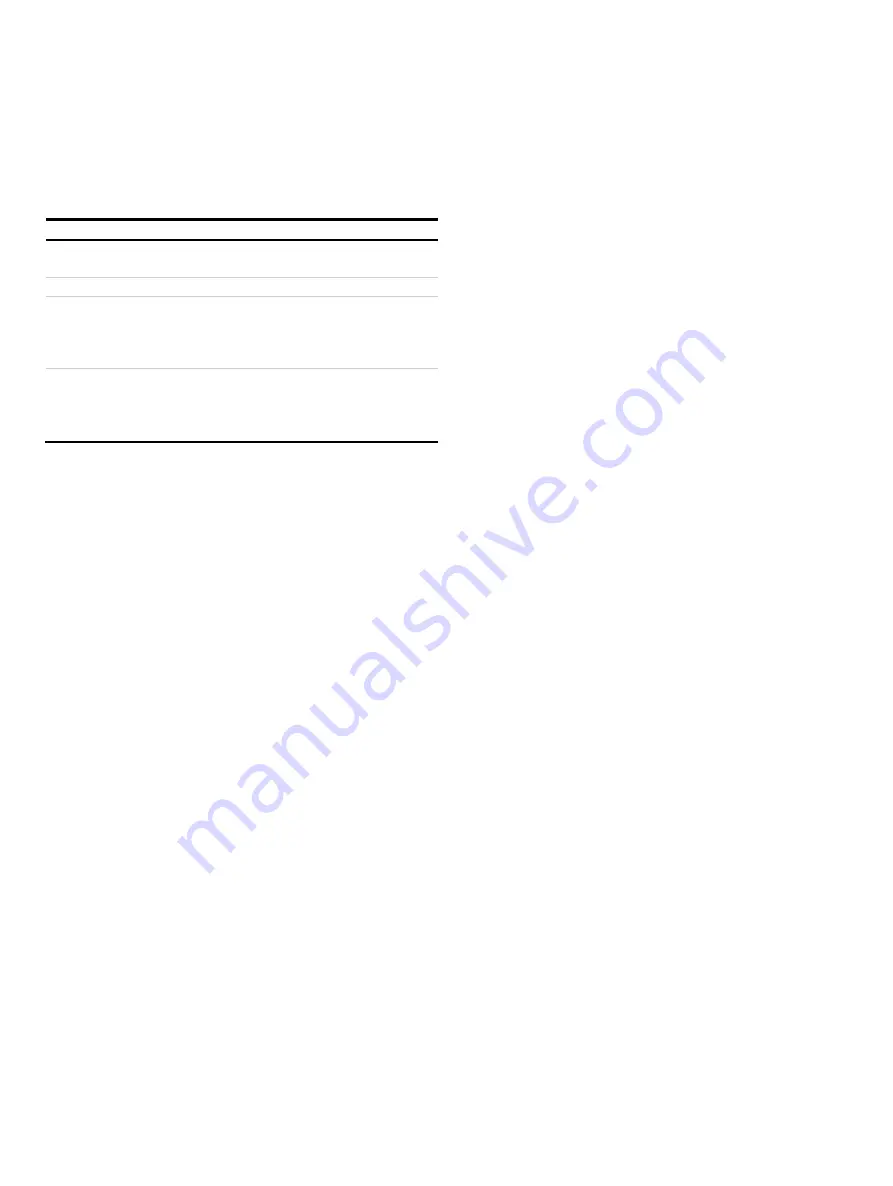
102
EL3000
CONTINUOUS GAS ANALYZERS | CI/EL3000-EN REV. C
… 6 Commissioning
… Gas analyzer start-up
6. During the heating phase, the following status messages are
displayed:
Message
Description
Working temperature the temperature of the detector has not yet reached
the threshold.
Flame error
the flame has not yet ignited.
Temperature limit
value 1, 2
The temperature of the detector (
T-Re.D
) and if
applicable the heated sample gas connection (
T-Re.E
)
up-scales or down-scales the upper or lower limit
value 1 or 2.
Pressure limit value 1, 2 The pressure at one of the internal pressure
regulators for instrument air (
inlet, outlet
),
combustion air (
air
) or combustion gas (
H
2
) up-scales
or down-scales the upper or lower limit value 1 or 2.
7. As soon as the temperature of the detector reaches the
threshold value (150 °C), the corresponding solenoid valve in
the analyzer automatically switches off the instrument air.
The negative pressure regulation and the combustion air
regulation attempt to adjust the pressures to the respective
set point.
The sample gas begins to flow through the analyzer after the
instrument air is connected.
8. After the pressures have been adjusted to the respective set
point, the respective solenoid valve in the analyzer
automatically connects the combustion gas. The combustion
gas regulation attempts to adjust the pressure to the set
point.
Adjust output variables of the internal pressure controllers
If the analyzer cannot be commissioned automatically with the
pressure values specified in the device data sheet, the
manipulated variables of the internal pressure controllers must
be adjusted.
Note
In order to bring the pressure regulators into a more favorable
control range, the external supply pressures can be adapted with
the aid of the manipulated variables. However, this should only
be done once the flame has been ignited.
In general, this is not necessary.
9. Instrument air:
Use the external pressure regulator to set the controlled
variable for Outlet to approx. 60 % (max. 70 %).
Manipulated variable too high
→
Reduce pressure.
Manipulated variable too low
→
Increase pressure.
(The controlled variable for “Inlet” depends on the sample
gas flow rate.)
10. Combustion air:
Use the external pressure regulator to set the control
variable for “air” to approx. 55 % (max. 60 %).
Manipulated variable too high
→
increase pressure.
Controlled variable too low
→
reduce pressure.
11. Combustion air:
Use the external pressure regulator to set the manipulated
variable for ‘H
2
’ to approx. 42 % (max. 52 %).
Manipulated variable too high
→
increase pressure.
Controlled variable too low
→
reduce pressure.
















































